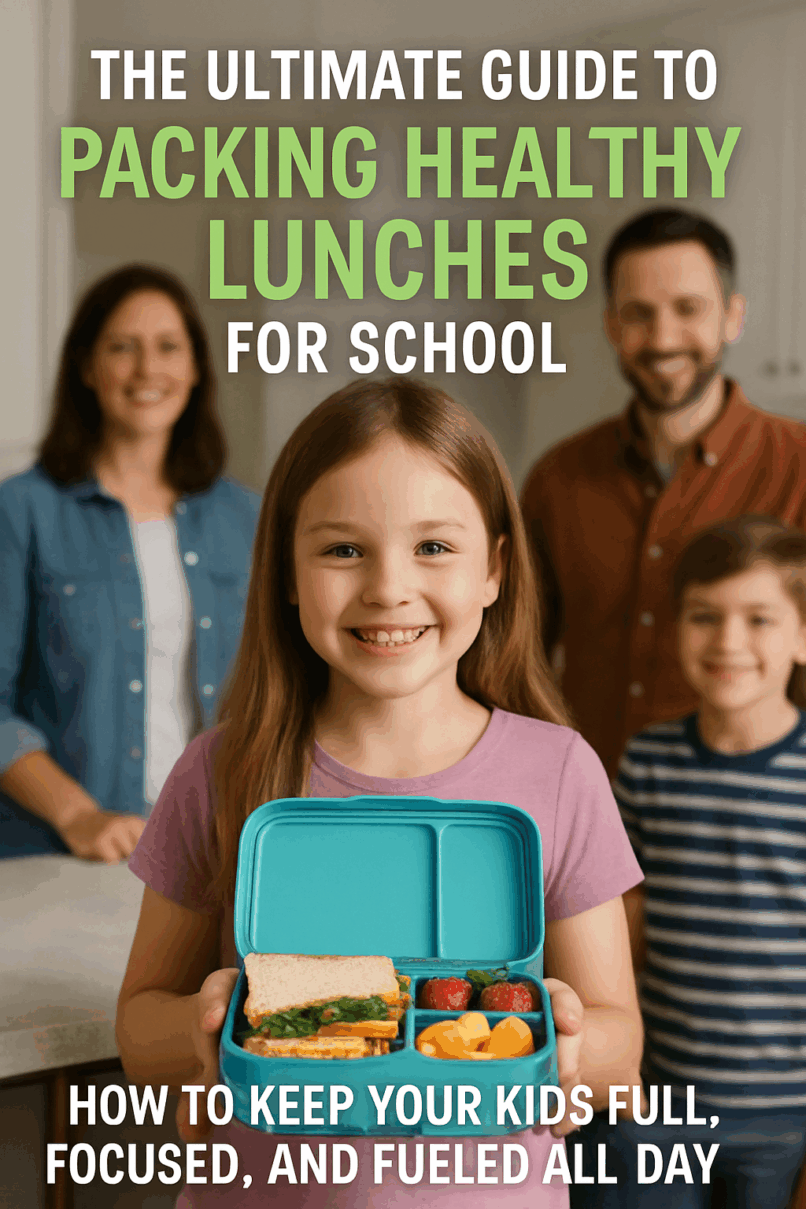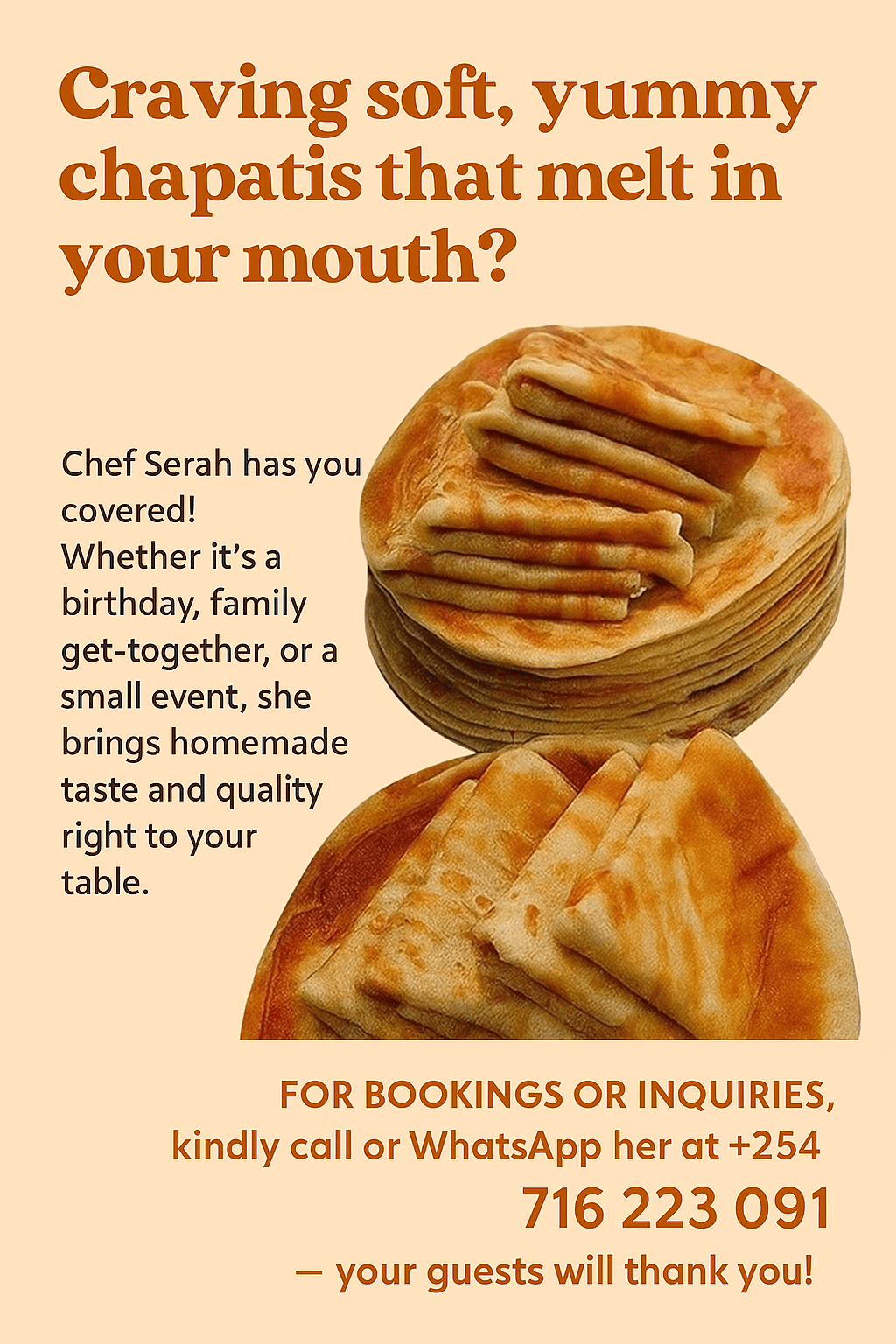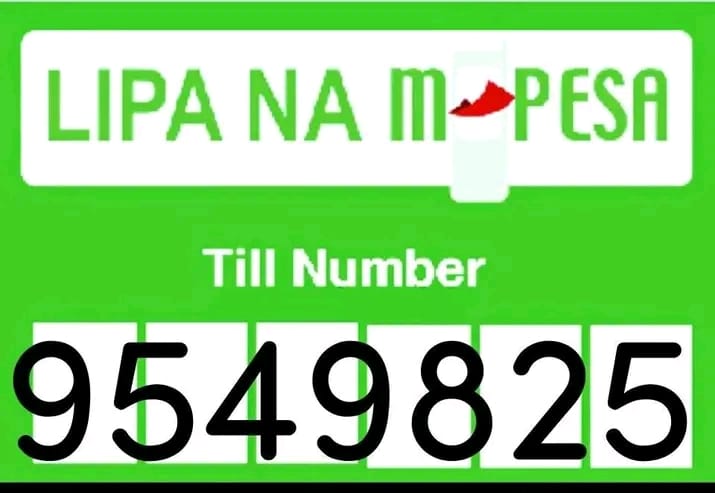
simply amazing, always for you.
How to Keep Your Kids Full, Focused, and Fueled All Day

Why Healthy School Lunches Matter
Packing a healthy lunch for school is one of the most impactful ways parents can support their child’s physical health, mental performance, and emotional well-being. A nutritious, well-balanced lunch can improve concentration, energy levels, and mood throughout the school day. But with picky eaters, tight mornings, and food safety concerns, packing a lunch that’s healthy and appealing can be challenging.
This ultimate guide is your one-stop resource for packing school lunches that are nutritious, quick to prepare, and kid-approved. Whether you’re a seasoned lunch-packer or a newbie, these tips, recipes, and strategies will transform your daily routine and keep your child coming home with an empty lunchbox.
Chapter 1: Building Blocks of a Healthy School Lunch
A healthy lunch should provide a mix of macronutrients (protein, carbs, and fats) along with vitamins, minerals, and fiber. A balanced lunch keeps your child full and energized.
Key Components:
- Protein – Helps with growth, muscle development, and satiety.
- Examples: Turkey slices, boiled eggs, beans, hummus, Greek yogurt.
- Whole Grains – Steady energy and fiber.
- Examples: Whole wheat bread, brown rice, quinoa, whole grain wraps.
- Fruits and Vegetables – Vitamins, antioxidants, and fiber.
- Examples: Apple slices, grapes, carrot sticks, cucumber rounds.
- Healthy Fats – Brain development and energy.
- Examples: Avocados, nuts (if allowed), seeds, olive oil-based dressings.
- Dairy (or Calcium-rich alternatives) – Strong bones and teeth.
- Examples: Cheese cubes, milk, yogurt, fortified plant-based milks.
Chapter 2: Tips for Packing Smart and Fast
1. Plan Ahead
- Create a weekly menu so you know what groceries to buy.
- Prep ingredients like chopped veggies, boiled eggs, or cooked grains ahead of time.
2. Pack the Night Before
- Reduce morning chaos by packing lunchboxes the evening before.
3. Use a Bento Box or Compartment Container
- Keeps foods separate and visually appealing for kids.
- Great for portion control.
4. Keep It Cool or Hot
- Use ice packs to keep food fresh.
- For warm foods, use an insulated food jar (thermos).
5. Use Leftovers Creatively
- Turn leftover chicken into wraps.
- Mix leftover rice into a veggie stir-fry bowl.
Chapter 3: Healthy Lunch Ideas by Age Group
Preschool (Ages 3–5)
Focus on finger foods, small portions, and simple flavors.
Sample Lunchbox:
- Turkey roll-ups
- Whole grain crackers
- Strawberries
- Carrot sticks
- Yogurt pouch
Elementary School (Ages 6–10)
Kids this age are developing independence and might be more opinionated.
Sample Lunchbox:
- Mini whole-wheat pita with hummus and veggies
- Cheese cubes
- Apple slices with almond butter (or sunflower seed butter if nut-free)
- Oatmeal cookie
Tweens and Teens (Ages 11+)
Older kids need more calories and may want more variety.

Sample Lunchbox:
- Quinoa salad with black beans, corn, cherry tomatoes, and avocado
- Greek yogurt
- Mixed berries
- Dark chocolate square
Chapter 4: Creative and Fun Lunchbox Recipes
1. DIY Taco Lunch Box
- Small tortillas or tortilla chips
- Ground chicken or beans
- Shredded lettuce, salsa, shredded cheese
- Side: Corn and pineapple salad
2. Pasta Salad Power Lunch
- Whole grain pasta
- Cherry tomatoes, olives, cucumbers
- Cubed mozzarella
- Drizzle of olive oil and lemon juice
3. Breakfast-for-Lunch Box
- Mini whole wheat pancakes or waffles
- Boiled egg or Greek yogurt
- Blueberries
- Maple syrup (in a small container)
4. Sushi-Inspired Veggie Rolls
- Whole wheat wrap with hummus, cucumber, carrots, avocado
- Roll tightly and slice into pinwheels
- Side: Edamame pods
- Fruit: Watermelon cubes
Chapter 5: Dealing with Picky Eaters
Picky eaters can make lunch-packing extra tough. Here’s how to win them over.
1. Include Them in Planning
Let them help pick out fruits or choose between turkey or tuna sandwiches.
2. Keep It Familiar with Small Twists
Start with known favorites and introduce one new item at a time.
3. Cut Foods into Fun Shapes
Use cookie cutters for sandwiches, fruits, and cheeses.
4. Add a Dip
Hummus, yogurt, ranch, or guacamole can make veggies more exciting.
5. Avoid Overpacking
A large lunch can be overwhelming. Keep portions small and manageable.
Chapter 6: Food Safety for School Lunches
Keeping lunch safe to eat is critical—especially in warm weather or long days.
1. Use Ice Packs
Always include one or two with perishable items.
2. Insulated Bags and Containers
They help maintain safe temperatures longer.
3. Wash Fruits and Veggies Thoroughly
Even if they’re pre-washed, rinse them again before packing.
4. Keep Hands and Surfaces Clean
Use hand sanitizer and clean cutting boards when prepping.
Chapter 7: Budget-Friendly Lunch Packing Tips
Eating healthy doesn’t have to break the bank.
1. Buy in Bulk
Buy large tubs of yogurt, cheese blocks, and big bags of fruits/veggies.
2. Make Your Own Snacks
Skip packaged snacks. Try:
- Homemade granola bars
- Baked tortilla chips
- Fruit leather from real fruit puree
3. Reuse Leftovers
Plan dinner with lunch in mind—roast extra veggies, grill extra chicken, cook more rice.
4. Freeze Portions
Bake muffins or sandwich roll-ups in bulk and freeze for future use.
Chapter 8: Tools and Gear That Make It Easier
Investing in good gear makes healthy lunch-packing faster and more enjoyable.
Must-Have Items:
- Leakproof bento lunch boxes
- Stainless steel thermos
- Ice packs
- Reusable silicone snack bags
- Fun picks, forks, and dividers
- Insulated lunch bags
Chapter 9: 20 Healthy Snack and Side Ideas
- Apple slices with nut butter
- Celery with cream cheese
- Trail mix (nut-free if needed)
- Homemade popcorn
- Rice cakes with avocado
- Yogurt with berries
- Cottage cheese and pineapple
- Cherry tomatoes with cheese
- Edamame
- Fruit skewers
- Baked zucchini chips
- Mini banana muffins
- Hummus and whole wheat pita
- Hard-boiled eggs
- Roasted chickpeas
- Carrot and cucumber sticks
- Cheese sticks
- Homemade smoothies in a thermos
- Mini quesadilla triangles
- Sliced bell peppers with tzatziki
Make It a Habit, Not a Hassle
Packing healthy school lunches isn’t about being perfect every day. It’s about creating sustainable routines that nourish your child’s body and mind. When you mix smart planning, balanced nutrition, a little creativity, and your child’s preferences, packing lunch becomes less of a chore and more of a meaningful daily ritual.
Start small, build a few go-to options, and involve your child in the process. Soon enough, packing a healthy lunch will be second nature—and your child will thank you with better focus, better moods, and better health.
SUGGESTED READS
- How to Get Your Kids to Eat More Vegetables: Tips for Parents
- The Best Family Vacation Ideas for Parents on a Budget
- How to Create a Family Routine That Works for Everyone
- How to Keep Your Relationship Strong After Kids: Tips for Parents
- How to Have a Family Game Night That’s Fun for Everyone

Support Our Website!
We appreciate your visit and hope you find our content valuable. If you’d like to support us further, please consider contributing through the TILL NUMBER: 9549825. Your support helps us keep delivering great content!
If you’d like to support Nabado from outside Kenya, we invite you to send your contributions through trusted third-party services such as Remitly, SendWave, or WorldRemit. These platforms are reliable and convenient for international money transfers.
Please use the following details when sending your support:
Phone Number: +254701838999
Recipient Name: Peterson Getuma Okemwa
We sincerely appreciate your generosity and support. Thank you for being part of this journey!
